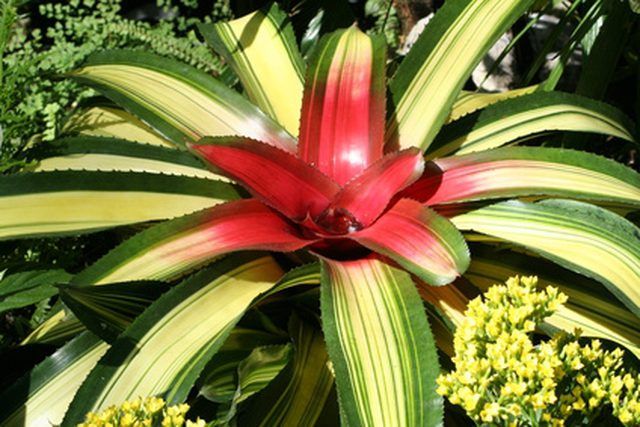Bulbs
Flower Basics
Flower Beds & Specialty Gardens
Flower Garden
Garden Furniture
Garden Gnomes
Garden Seeds
Garden Sheds
Garden Statues
Garden Tools & Supplies
Gardening Basics
Green & Organic
Groundcovers & Vines
Growing Annuals
Growing Basil
Growing Beans
Growing Berries
Growing Blueberries
Growing Cactus
Growing Corn
Growing Cotton
Growing Edibles
Growing Flowers
Growing Garlic
Growing Grapes
Growing Grass
Growing Herbs
Growing Jasmine
Growing Mint
Growing Mushrooms
Orchids
Growing Peanuts
Growing Perennials
Growing Plants
Growing Rosemary
Growing Roses
Growing Strawberries
Growing Sunflowers
Growing Thyme
Growing Tomatoes
Growing Tulips
Growing Vegetables
Herb Basics
Herb Garden
Indoor Growing
Landscaping Basics
Landscaping Patios
Landscaping Plants
Landscaping Shrubs
Landscaping Trees
Landscaping Walks & Pathways
Lawn Basics
Lawn Maintenance
Lawn Mowers
Lawn Ornaments
Lawn Planting
Lawn Tools
Outdoor Growing
Overall Landscape Planning
Pests, Weeds & Problems
Plant Basics
Rock Garden
Rose Garden
Shrubs
Soil
Specialty Gardens
Trees
Vegetable Garden
Yard Maintenance
How to Tell a Female Seed Apart From a Male Seed
How to Tell a Female Seed Apart From a Male Seed. Plants are known to have varying combinations of gender systems based on its biological heritage. It may be difficult for you to determine whether your seed is female or male, since these characteristics generally only show when they begin to flower. However, there have been methods created to...

Plants are known to have varying combinations of gender systems based on its biological heritage. It may be difficult for you to determine whether your seed is female or male, since these characteristics generally only show when they begin to flower. However, there have been methods created to accurately make this determination. These methods are often employed by growers because, in certain plants, one sex may be considered more valuable than the other.
Know the differences in the two methods and decide on one. Understand the risks of force flowering a seed. Because this task would require germination of the seeds, it would render the seeds unusable. Natural growth, on the other hand, will take some time.
Plant the seeds in a greenhouse if force flowering. Set the lights to 12 hours of daytime and 12 hours of darkness. Use a powerful fertilizer to speed up the growing process.
Plant your seeds anywhere and allow them to grow naturally if you prefer not to force flower.
Look for a stamen when the plant begins to grow, regardless of your method. A stamen is a long stalk considered to be the male reproductive organ.